Canada - Evaluating the Costs and Benefits of Implementing the Canada Ontario Lake Erie Action Plan (5000049626)
For more information and to make a bid you will need to go to the third party website.
Details
Provided by
- Opportunity closing date
- 24 February 2020
- Opportunity publication date
- 16 January 2020
- Value of contract
- to be confirmed
- Your guide to exporting
Description
Title: Evaluating the Costs and Benefits of Implementing the Canada Ontario Lake Erie Action Plan
Background The Nutrients Annex of the 2012 Great Lakes Water Quality Agreement directs Canada and the United States to establish targets for phosphorus load reductions and to draft Domestic Action Plans for meeting these new targets, in order to reduce the severity and frequency of harmful algal blooms and hypoxia in Lake Erie. In 2016, the reduction target for Lake Erie’s Western and Central Basins was established at 40% of the 2008 load. The primary sources of phosphorus to Lake Erie are non-point source runoff from agriculture and urban areas, and discharges from wastewater treatment plants. The largest load is generated from agricultural non-point sources although other loads may be locally significant. Phosphorus enters Lake Erie via overland and subsurface flow into drainage systems, creeks, groundwater, and tributaries.
Canada and Ontario released the Lake Erie Action Plan in 2018, identifying 128 actions in five categories, to reduce phosphorus from Canadian sources. Actions in the first category speak to on-the-ground actions that will reduce phosphorus loads from urban and agricultural sources. Many of these actions encourage the adoption of different best management practices (BMPs) to reduce phosphorus loads to Lake Erie. Environment and Climate Change Canada (ECCC) requires assistance in evaluating the cost and benefits of implementing different BMPs to reduce agricultural sources of phosphorus. Previous economic impact assessments focused on the direct and secondary costs of algal blooms and the direct benefits of reducing these blooms to the Canadian portion of the Lake Erie watershed. This study will provide an estimate of the costs of implementing measures to reduce phosphorus loads, in order to reduce hypoxia and algal blooms, and a valuation of any additional benefits associated, including additional co-benefits, that will result from implementing specific BMPs.
Purpose
ECCC requires estimate(s) of the costs and benefits of meeting the 40% phosphorus load reduction targets to the Western and Central Basins of Lake Erie. The study will focus on the costs of implementing specific BMPs, in those watersheds to which the targets apply, and a valuation of any additional benefits, including co-benefits, resulting from this implementation. This study will build on previous work completed for ECCC on the direct and secondary economic impacts of algal blooms in the Lake Erie Basin as well as the impact of different economic instruments on BMP adoption. The final estimates of costs and benefits are to include who benefits/pays and at what geographic scale of relevance (i.e. the property, the sub-watershed, the watershed, the basin). The costs and benefits will be based on the implementation of a core set of nine BMPs that include;
Fragile Land Retirement
Equipment Modifications to reduce soil compaction
Equipment modifications to improve manure application
Riparian buffer strips
Cover Crops
Erosion control structures
Adding Organic amendments to soil
Tillage and nutrient application equipment modifications, and;
Crop nutrient planning
- Opportunity closing date
- 24 February 2020
- Value of contract
- to be confirmed
About the buyer
- Address
- Environment Canada Canada
The deadline to apply for this opportunity has passed.
Visit the
opportunities page
to find another.
